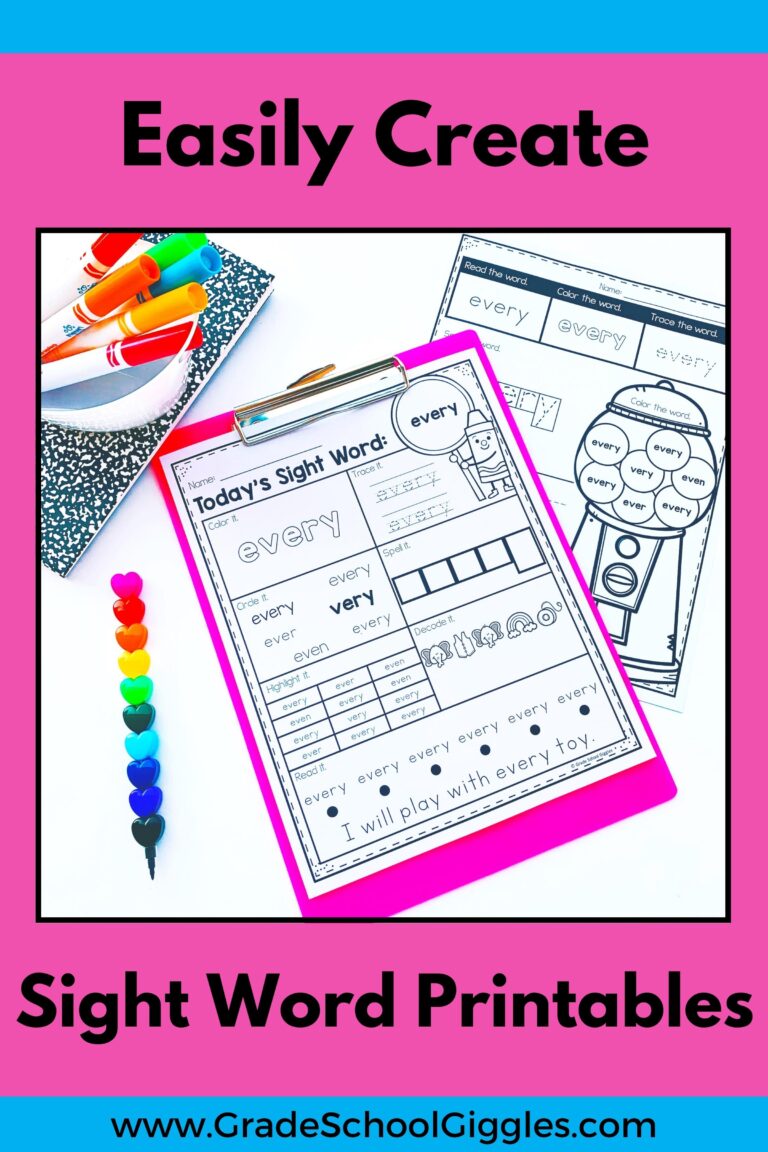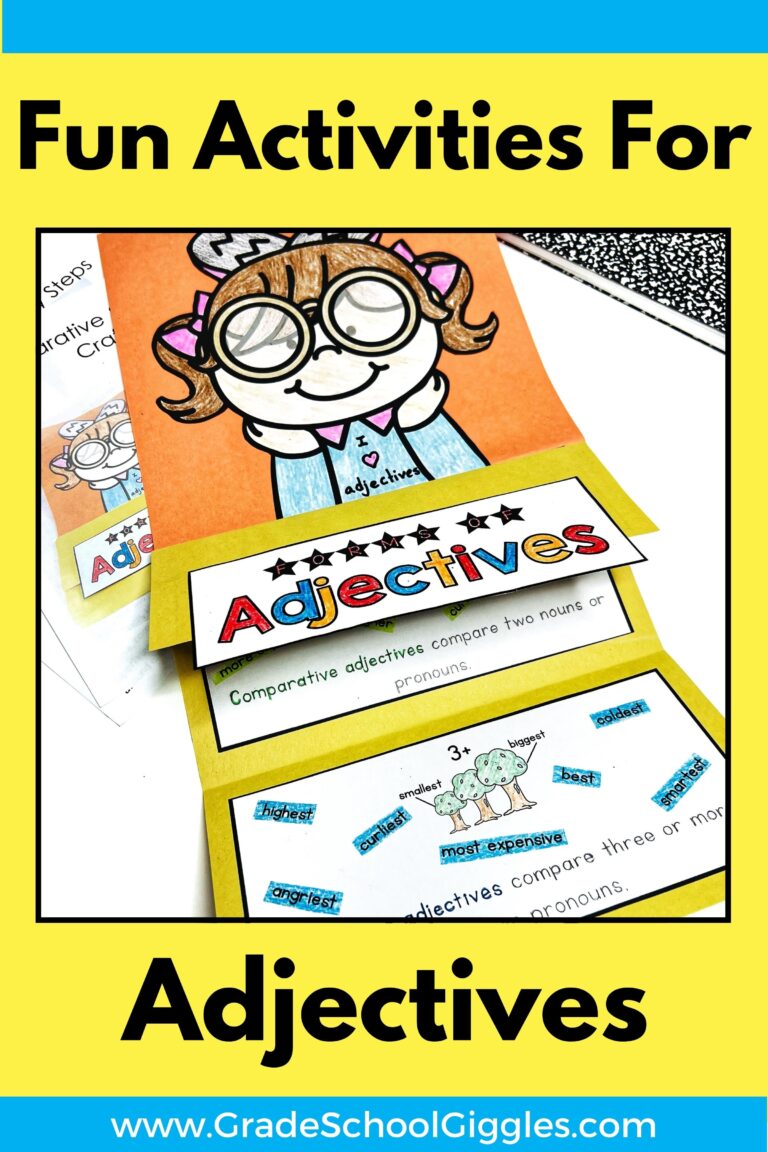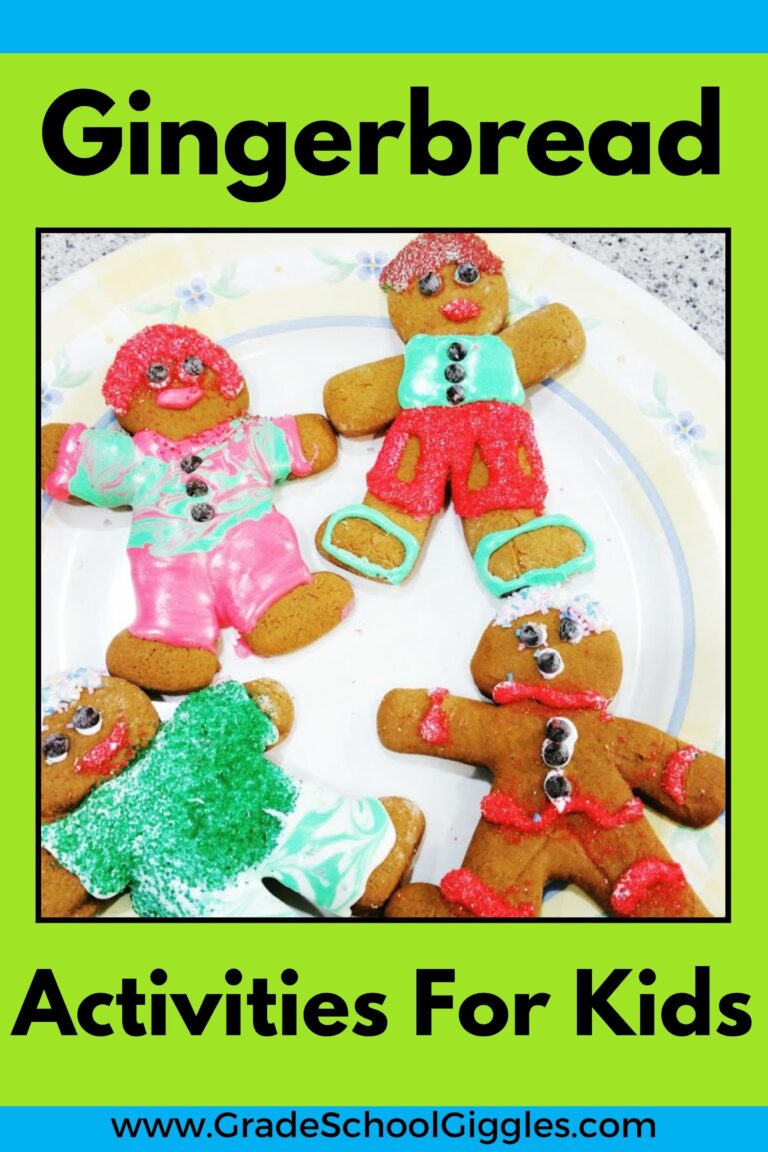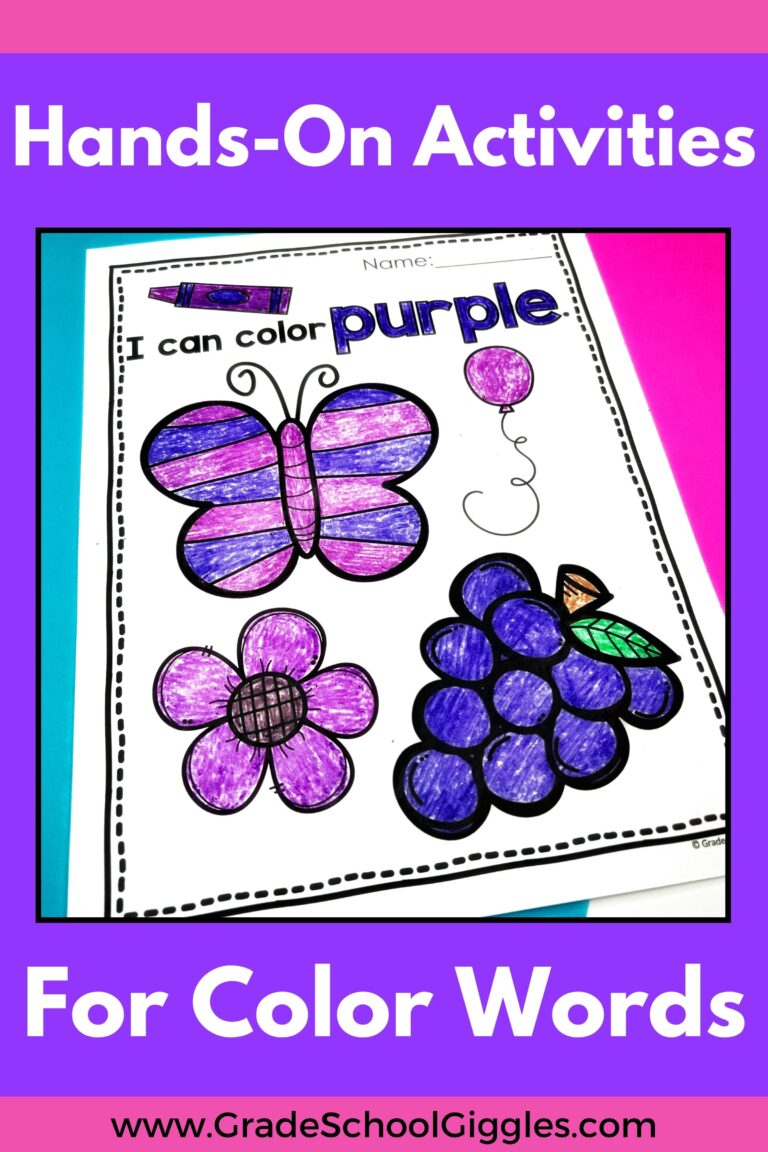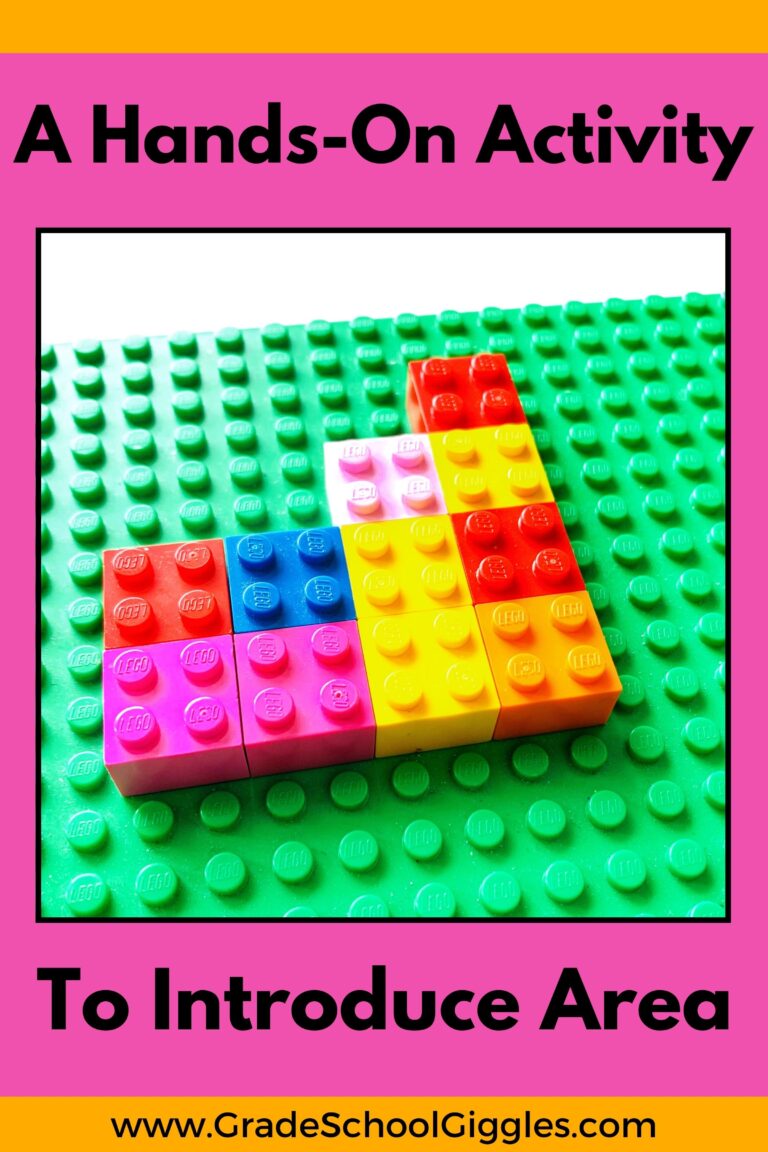Do You Need to Teach Persuasive Writing?
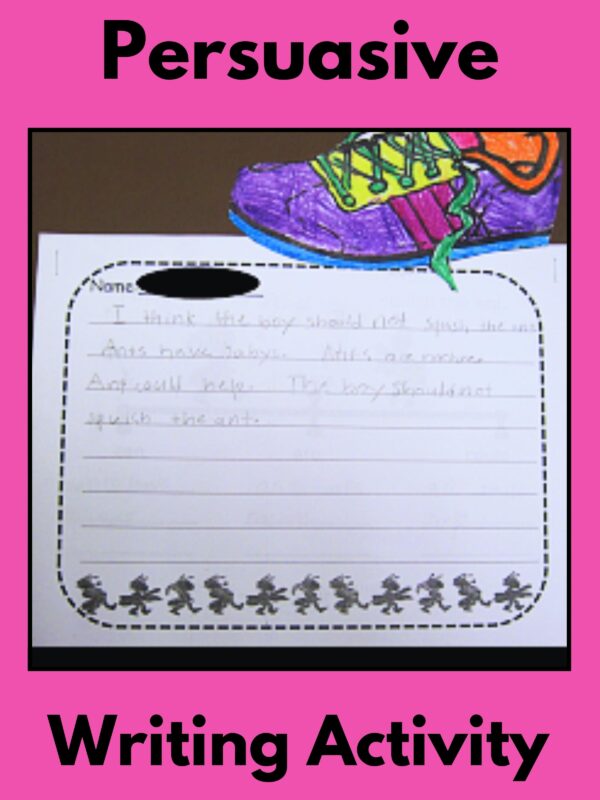
*This post may contain affiliate links.
Do you love teaching persuasive writing? I hope so! It’s one of my all-time favorite units. Really, it is!
Whenever I start to teach persuasive writing, I like to introduce the writing mnemonic O.R.E.O. by asking my kids if they like the cookies. Most do. We talk about why they like them or why they don’t. I make a t-chart. On the top, I write, “Oreos are delicious” on one side and “I don’t like Oreos” on the other. I usually give a few reasons why someone might not. I break out a big pack of cookies and tell the kids they have to give me a reason and explain their reason in order to get a cookie. Of course, I model this a few times by writing examples like these on the chart.
- Oreos are delicious.
- (Reason) Oreos are sweet.
- (Explanation/Support) Oreos are made with sugar.
- (Reason) Oreos are sweet.
- I don’t like Oreos.
- (Reason) Oreos make me feel bad.
- (Evidence or Explanation) I am allergic to wheat, which is an ingredient.
- (Reason) Oreos make me feel bad.
Before passing out the treat, the kids pick a side and give a reason & support it with some evidence or an explanation. I like to have them make paper Oreos to remember the mnemonic (Opinion, Reason, Evidence, Opinion) by writing each word on a paper circle (Opinion on brown, Reason & Evidence on white paper, Opinion on brown). The paper circles get stapled together into an “Oreo,” which they then decorate the front of to look like the cookies.
Once I’ve introduced the concept of persuasive writing, I always read the book, “Hey, Little Ant.” I love how this book invites the reader to pick a side at the end.
“Hey, Little Ant” takes the form of a debate between an ant and a little boy. The boy wants to squish, but the ant pleads with the little boy to let him go. They go back and forth presenting their reasons and debating what the little boy should do. The illustrations do a great job of helping show each character’s view.
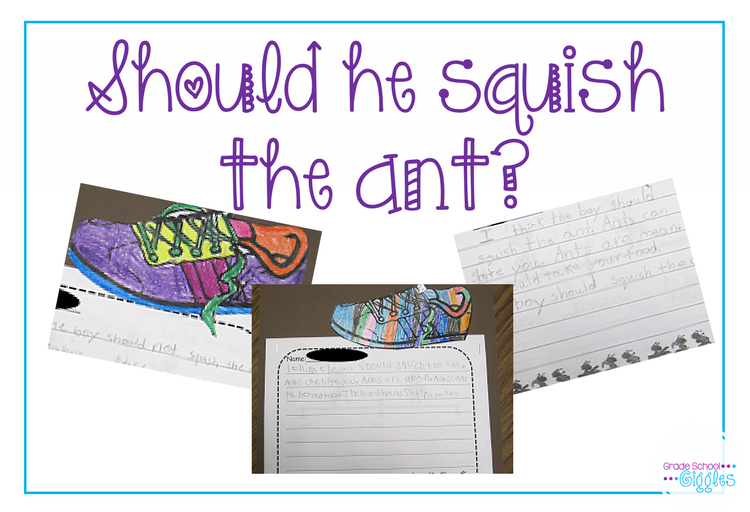
My favorite part of the book is the ending, though. I love how the story ends with the little boy’s shoe still up in the air. The author asks the reader what the boy should do. It’s great for inviting a discussion of both sides and provides the perfect segue into persuasive writing.
First, I read this story to the class. Then, I asked my class what the little boy should do and asked them to tell me why he should or shouldn’t squish the ant. Next, I made a T-chart with reasons why he should squish the ant or let him go. That chart became a point of reference as I modeled completing a graphic organizer listing my opinion and three supportive arguments.
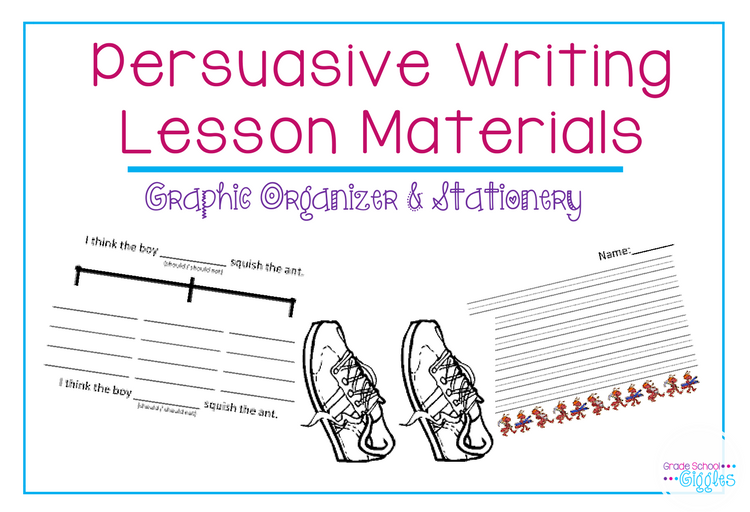
The next day, I will model turning the graphic organizer into a paragraph. The t-chart also remains up and serves as scaffolding for my students to write their own paragraphs, which we hang up with a cute picture of a shoe that they color. (You can get a free copy of my template for this project here.)
Check out “Hey, Little Ant” and grab yourself a copy. It is the best book I have found for introducing persuasive writing to young kids. If you have a suggestion for another great book, leave a comment and let me know.

